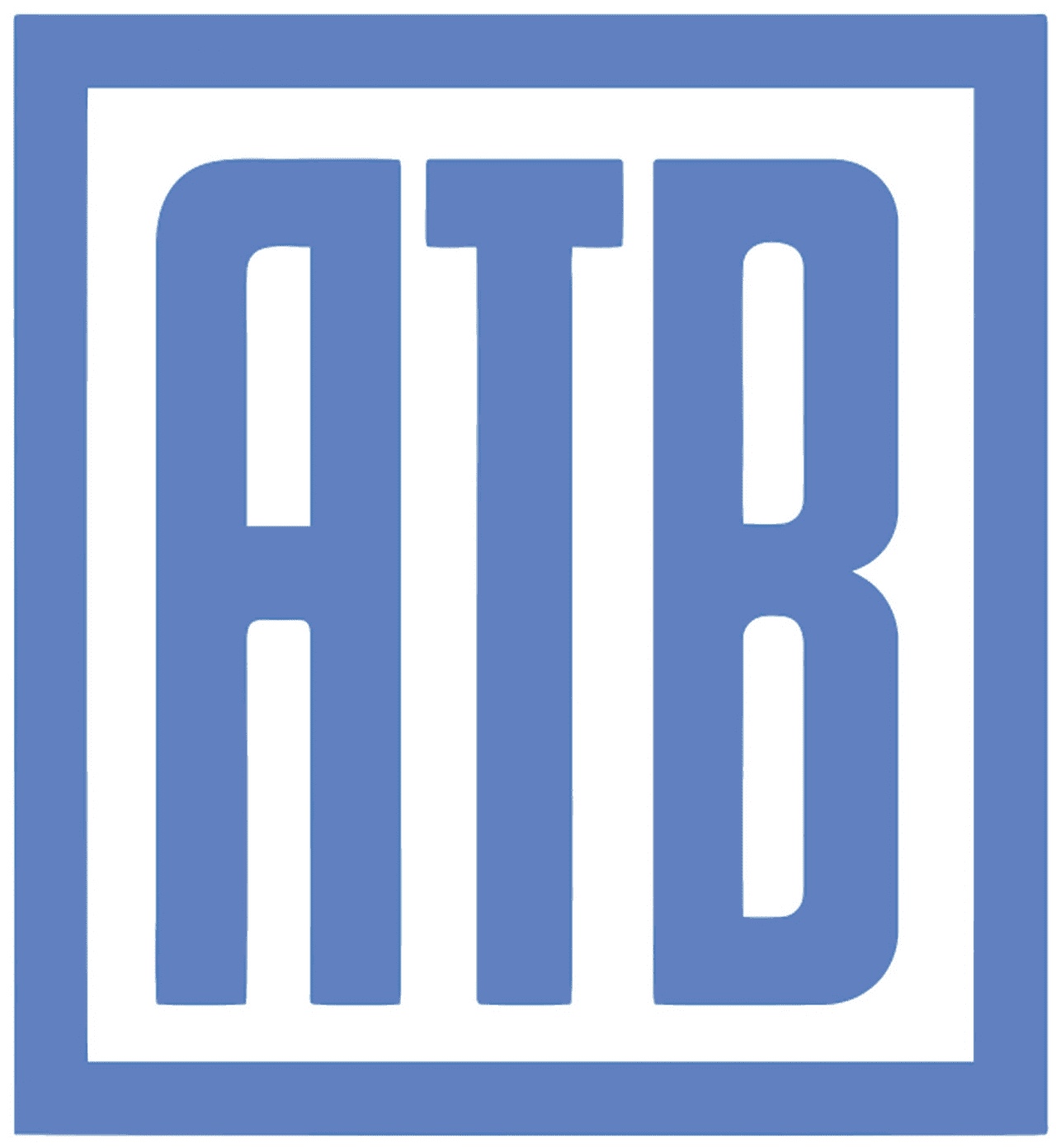Hot Briquetted Iron (HBI)
Description: HBI is a premium form of Direct Reduced Iron (DRI) that has been compacted at high temperatures into briquettes to improve handling, transport, and storage. HBI is dense and highly metallized, making it an efficient source of iron in steelmaking.
Production Process: After the direct reduction of iron ore (in the form of pellets or lumps) using natural gas or coal, the resultant DRI is hot-briquetted to form HBI. This process eliminates the need for a blast furnace, making it more energy-efficient and environmentally friendly.

titc
Uses: HBI is used as a raw material in electric arc furnaces (EAFs), basic oxygen furnaces (BOFs), and other steelmaking processes. It serves as a substitute for scrap metal or pig iron.
Advantages: It offers higher density, less reactivity, and better transportability than DRI, making it suitable for long-distance shipping and reducing the risks of degradation during handling.
Summary of Their Roles in Steelmaking:
Iron Ore is the starting raw material, mined from the earth.
Iron Pellets are processed forms of iron ore, optimized for use in blast furnaces or direct reduction.
HBI is a compact, high-density form of DRI, used in steelmaking, especially in environments where high-quality, easily transportable iron is needed.
These materials are integral to the global steel industry, each serving specific functions in the steelmaking process, depending on the technology and economic factors involved.








